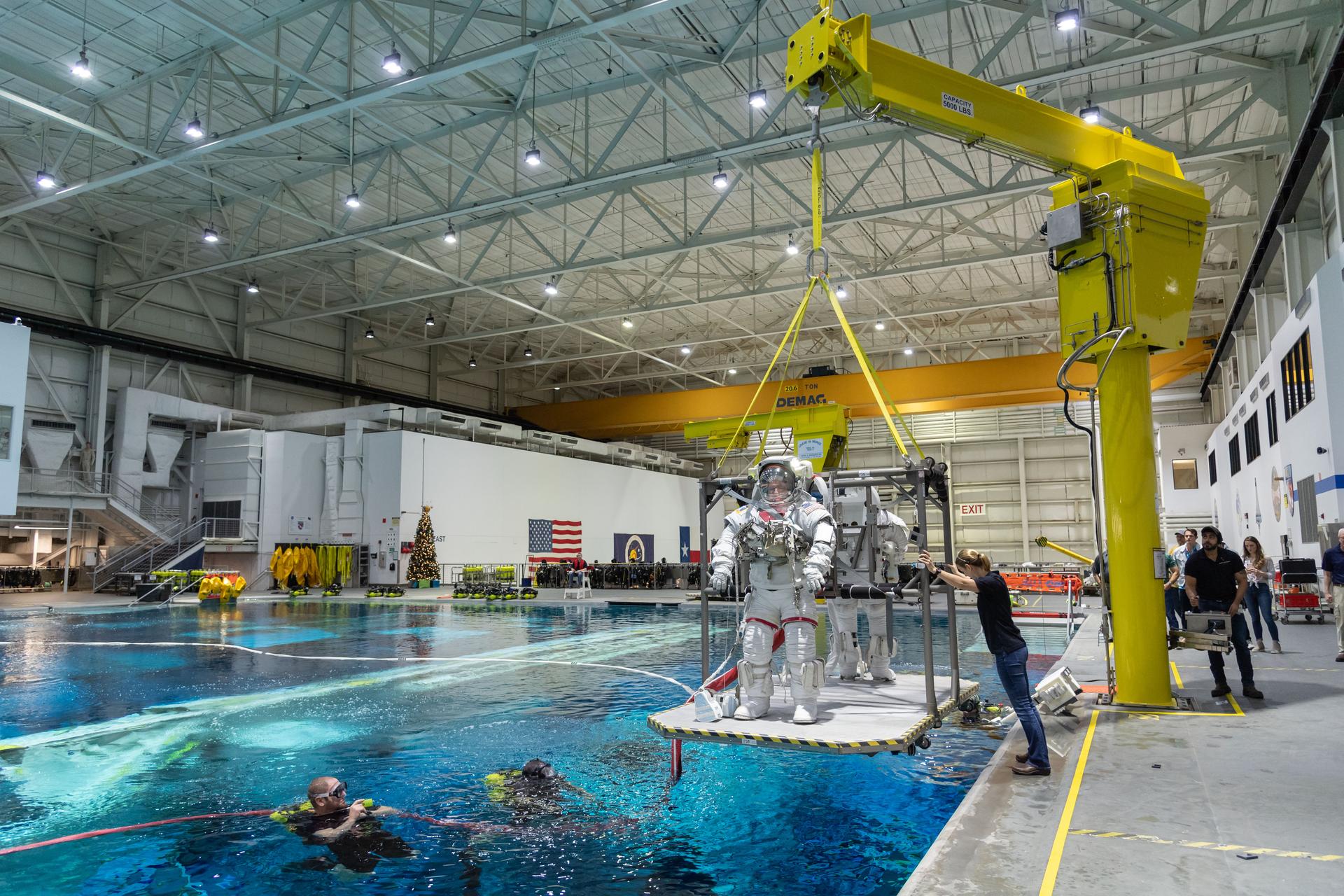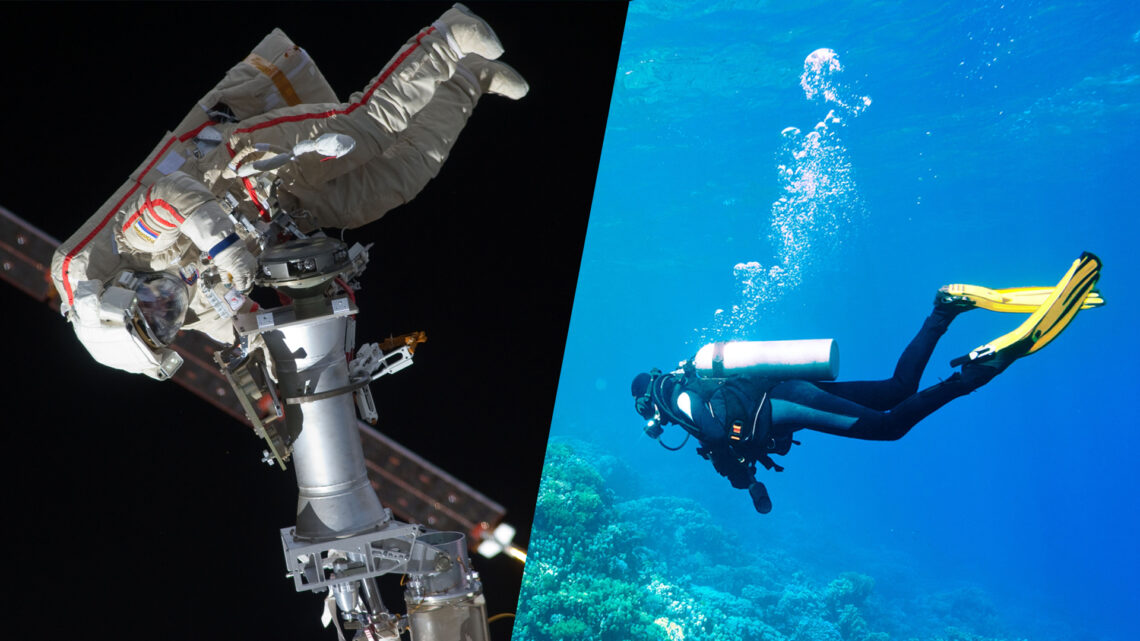Space and the open ocean: On the surface, it seems like two more wildly contrasting places couldn’t possibly exist. But on the contrary, the two are more closely tied than you think. And people who have been to the farthest reaches of both can attest to the fact. Because as it turns out, the types of training and experience required and the environments you find in both have impressive parallels.
Just ask aeronautical engineer, astronaut, and aquanaut Nicole Stott. She’s spent 104 days in space on the Space Station and Space Shuttle and plenty of time underwater, partially in preparation for space travel, but also for fun and education now that she spends most of her time on planet Earth.
The PADI-certified (Professional Association of Diving Instructors) diver confirms that under sea and outer space have a lot in common. After all, both are extreme environments that are not only hard to access, but often outright dangerous, require ultra specialized equipment to navigate, and are inhospitable to humans. Which turns out to be pretty convenient, because while simulating the lack of gravity and the vacuum of space can be tricky, the ocean offers a legitimate analog and impressively simulative training grounds.
In fact, astronauts, before they even think about setting foot in a shuttle to travel beyond Earth’s atmosphere, have to spend time underwater. There’s even a dedicated training center for it: the Neutral Buoyancy Laboratory in Houston that exists to train astronauts for space walks. Inside, one of the world’s largest indoor pools—measuring 202 feet long, 102-feet wide, and 40 feet deep and containing 6.2 million gallons of water—is also home to replicas of International Space Station components, as well as other man-made structures in space.

Read the full article here

